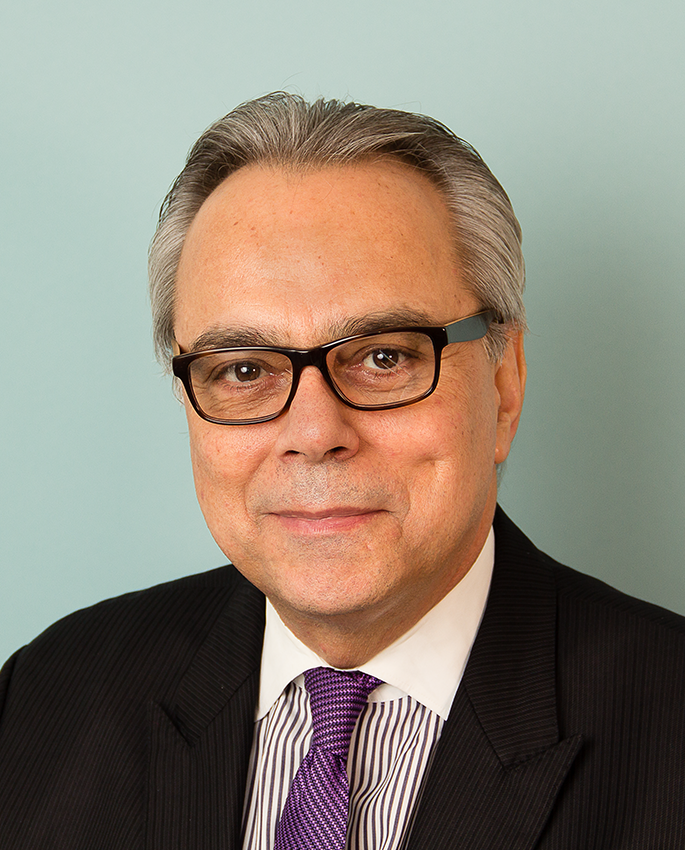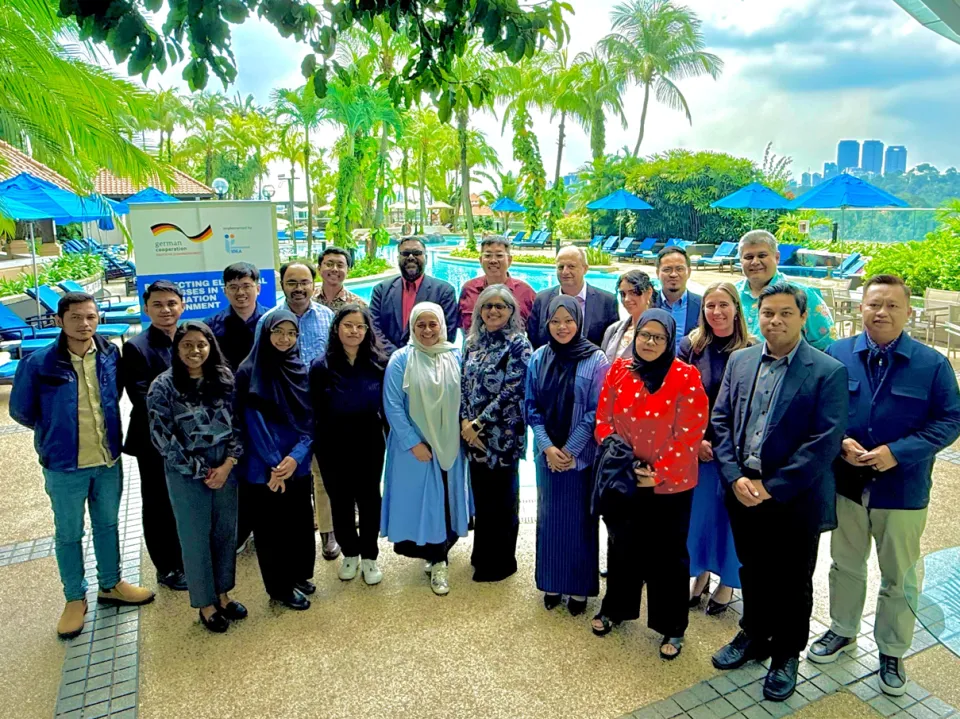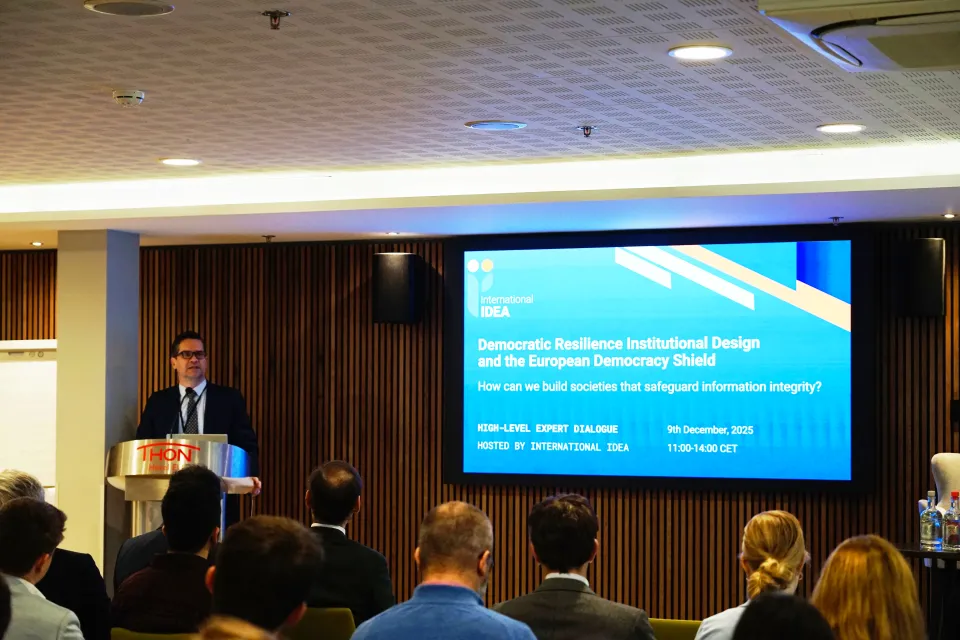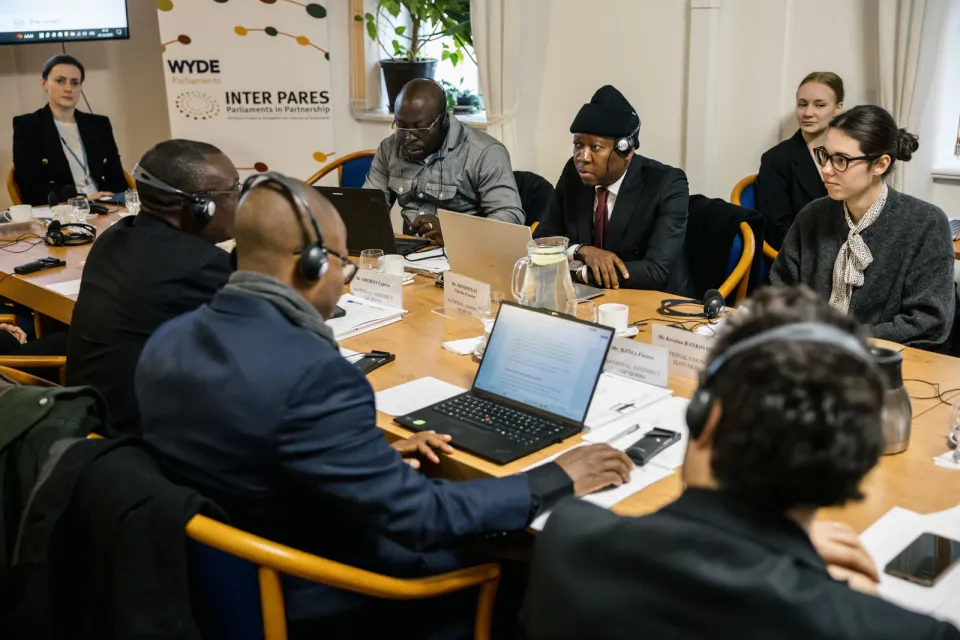Second Round Elections in Costa Rica and El Salvador
The run off presidential elections in both Costa Rica and El Salvador are going to be fascinating contests as so much uncertainty surrounds the outcome, given that no candidate prevailed in the 2 February first round of elections. Thus, the political environment remains volatile. To win the first round, a candidate had to get 50% of the vote in El Salvador and 40% in Costa Rica.
In Costa Rica, barely 1.4% separated the winner, Luis Guillermo Solis of the opposition Partido Acción Ciudadana (PAC), from Johnny Araya of the ruling Partido Liberación Nacional (PLN). In El Salvador, the winner, Vice President Salvador Sanchez-Ceren from the Frente Farabundo Martí para la Liberación Nacional (FMLN) is the favorite going into the second round, ahead with 10% of ARENA’s Norman Quijano.
Costa Rica

Municipal Election Costa Rica 2010. Photo ©: Flickr/izahorsky
The results in Costa Rica were surprising because they contradicted most of the opinion polls. The polls were right about one matter though: there would be a second round. The polls got the estimates about the prospective contestants quite wrong however. Not only did the ruling PLN party candidate lose (Johnny Araya was the runner-up with 29.6% of the vote), but PAC’s Luis Guillermo Solis (30.9%), who received most votes, had ranked only third or fourth in most opinion polls. Jose Maria Villalta of the Frente Amplio (FA) had been the great favorite in the polls, yet ended up with only 17% of the votes.
In the second round, coming up on 6 April, Costa Ricans will decide whether they give a third consecutive term to the PLN (in power since 2006) or if they want a change by putting the PAC in office. Solis seems to be the clear favourite, also because he is likely to gain votes from Villalta’s first round voters. Solis and Villalta both ‘are at one’ on rejecting the continuity of the PLN. Solis will strive to prove that he represents ‘the new,’ as opposed to the familiar package offered by the PLN.
But for the time being, nothing is predetermined about the second round. Araya leads the most important party in the country (even though having lost almost half of its followers in only four years) and will make the best of efforts to get the support of the neo-liberal Movimiento Libertario (11% in the first round) and the conservative PUSC (6%) – who don’t see Araya as ‘their’ candidate, but would still rather vote for him, to prevent a ‘turn to the left’ and Solis, who has the support of the FA. Of the likely second round candidates Araya will face Solis (a former member of the PLN) as the most formidable opponent, as the PAC is less likely to be rejected by center voters than the FA leader.
But Araya’s major electoral challenge will come from within his own party. The heavy electoral blow delivered by the results of the first round exposed the internal friction in the PLN to the extent that some of its members suggested not participating in the second round (which Araya rejects on political and legal grounds).
The truth is that the results show a country where the political and economic model is questioned. The party system is undergoing substantial changes. As for the economic model, the Costa Rican ‘welfare state’ has apparently reached its maximum capacity, as is evident by the hefty public deficit (5.6%). Therefore integral reform, which would be able to reactivate the economy, to generate more employment, and provide the State with larger and more efficient resources to lower poverty (20%) and decrease inequality is essential.
The million dollar question is how to manage it with a highly fragmented Congress. In fact, irrespective of who gets elected, the next chief executive will be challenged by a serious governability problem because of the high fragmentation in the new Legislative Assembly which will consist of nine different political forces. Of the 57 seats, the largest group of legislators (18) is the PLN, followed by the PAC (14).
El Salvador

Voting in Tamanique, El Salvador. Photo ©: Flickr/rosamarilla
In El Salvador (which only has presidential elections) the winner in the first round was Salvador Sanchez-Ceren of the ruling FMLN, coming close to victory with 48.93%, to runner-up Quijano’s 38.96%.
It would seem the 10 point difference, and the fact that Sanchez won in 13 of 14 ‘departamentos’ (into which the country is divided), would guarantee a win for him in the runoff election on 9 March. Both Sanchez and Quijano expect to attract the 11% of the vote gathered by UNIDAD (a coalition formed by dissidents from ARENA-Gana and PCN, right, and PDC, center) whose candidate was Tony Saca, a former member of ARENA and an ex-president (2004-09).
At least initially, policies for ‘a strong hand’ to combat the lack of citizen security and the maras (the gangs which are the major problem, together with poverty, inequality, and a tough economic situation) would bring Saca closer to Quijano, even though the personality of the former president and the pragmatism of the parties supporting him (which in the past entered an agreement with the former guerrilla in the Legislative), allow for any type of alliance or situation in the second round.
In fact, Saca has just said that he will not back any of the candidates for the second round and the parties and voters who supported him in the first ballot can do as they please now.
What we will see in the coming weeks is a tough competition between the FMLN and ARENA with three main features: 1) intensifying the campaign messages and strategies to preserve the vote of hardliners, and mobilizing and attracting the citizens who abstained in the first round; 2) enlisting the support of those who voted for Saca’s former UNIDAD coalition; and 3) structuring political alliances with other parties in order to build on the number of votes won in the first round.
My Opinion: The outcome of the runoff election, both in Costa Rica and in El Salvador, is uncertain. Both countries have little experience in second rounds, since they have experienced them only one in the past: El Salvador in 1994 and Costa Rica in 2002. Comparative experience in the region is generally that the runoff election confirms the results of the first round, and that the participation rate decreases. It must be pointed out that abstention has been high: 45% in El Salvador and 31.7% in Costa Rica. If this increases it could have a major impact on the results of the second round. But it is also important to bear in mind that the second round is a new election altogether and that, even though first round trends have an influence, nothing is definite and there is always the possibility of a reversal of results.
In summary, the central struggle in both countries is between change and continuity, with a larger chance of change in Costa Rica and of continuity in El Salvador.




